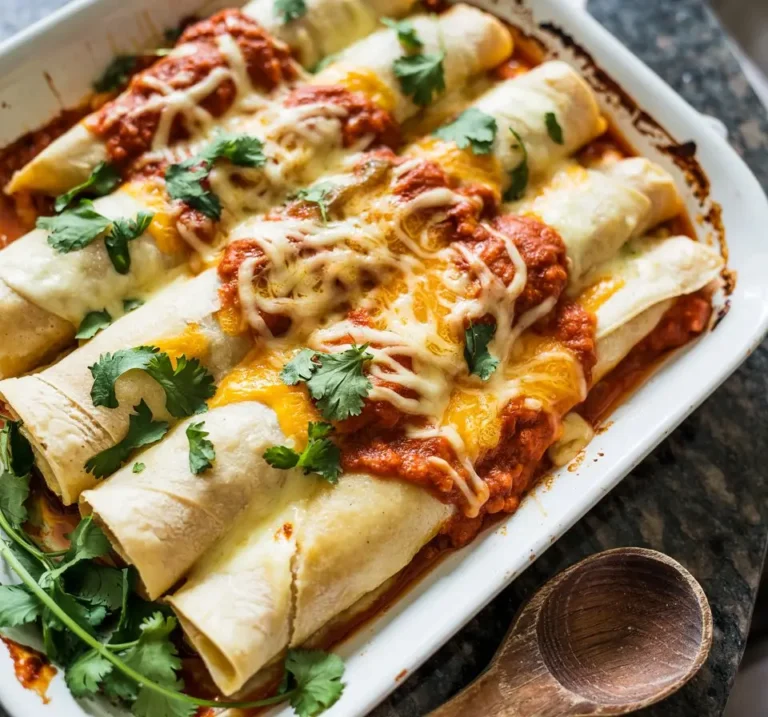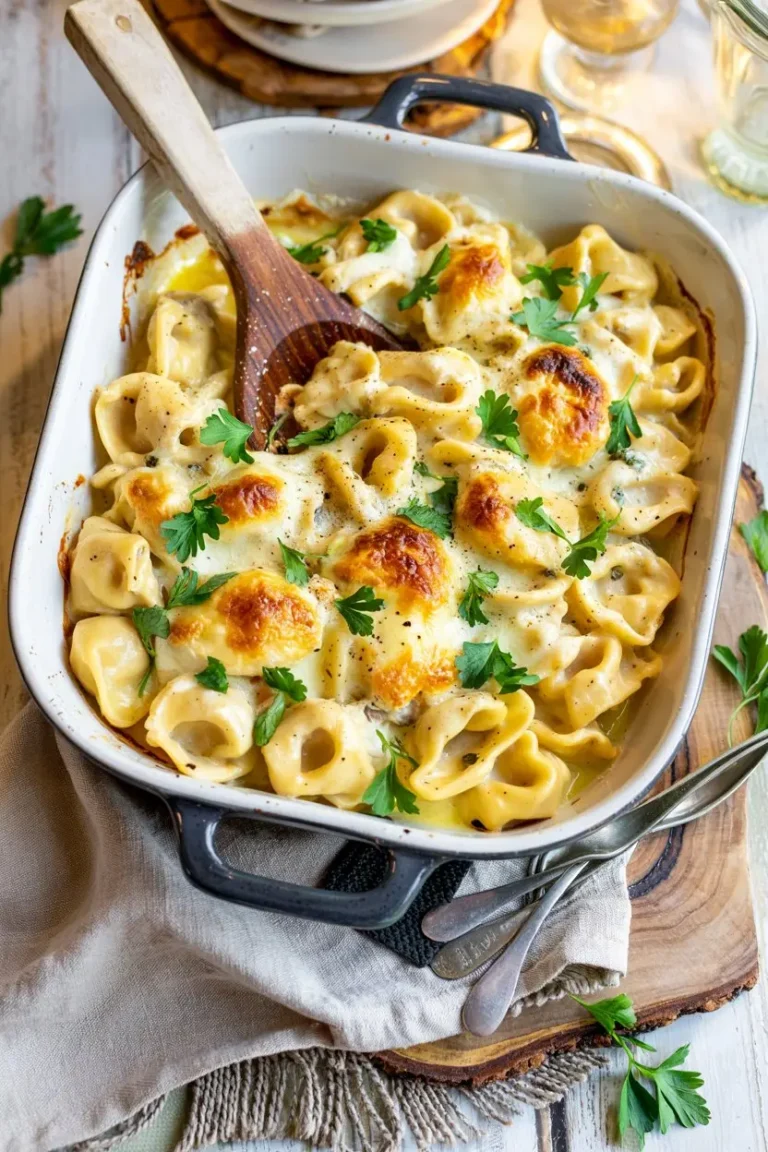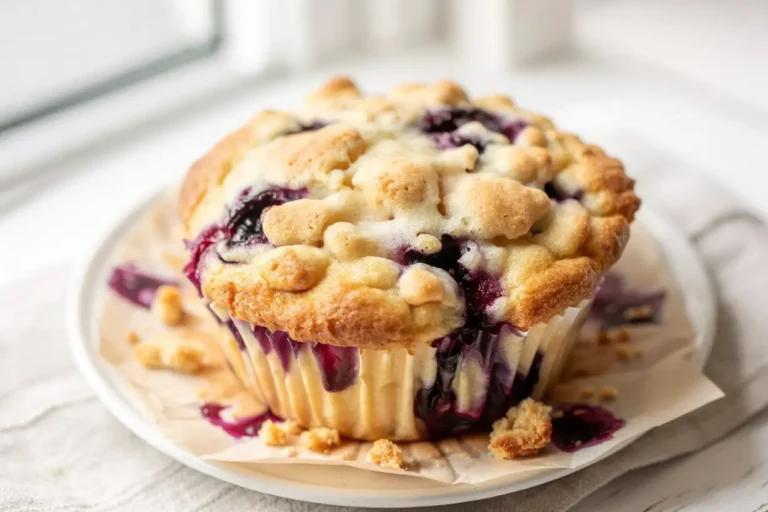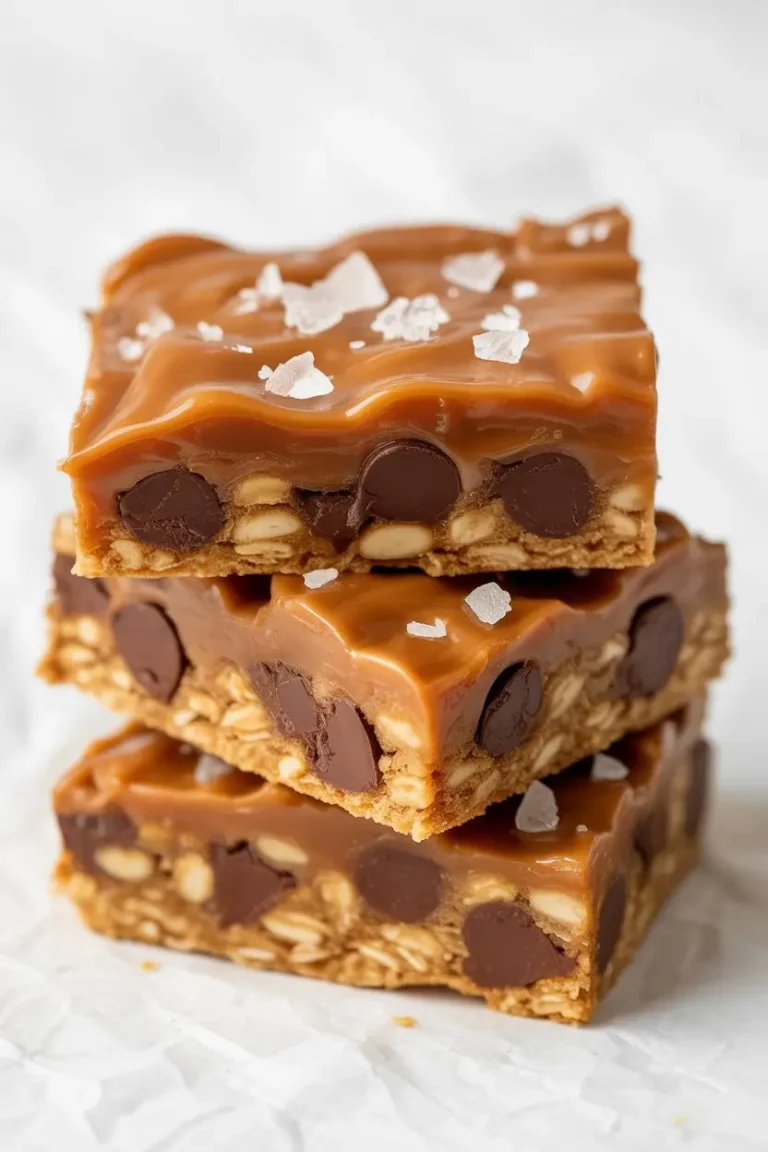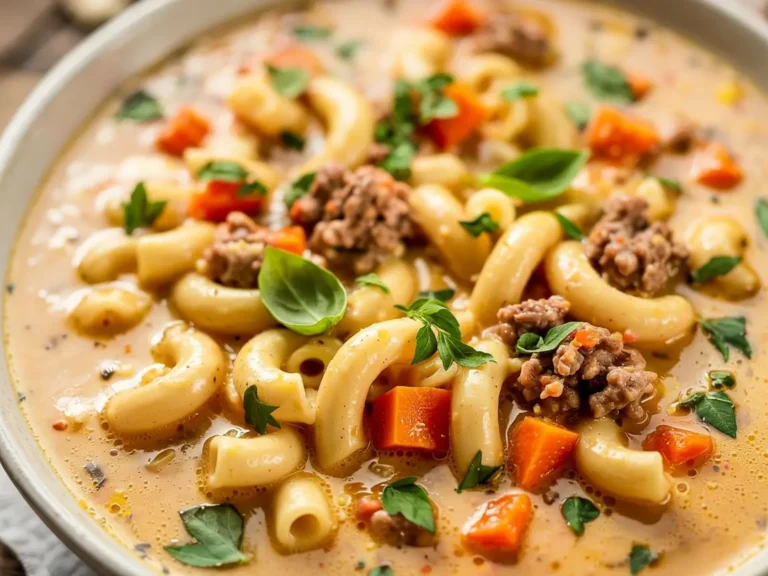“`html
The Easiest Cheesecake Cupcakes You’ll Ever Make
I have a confession. I absolutely love cheesecake, but I rarely make it. The whole process feels like a major commitment. The springform pan, the water bath, the prayers that it won’t crack… it’s a lot.
But then I discovered the magic of cheesecake cupcakes. All the creamy, tangy goodness of a classic cheesecake, packed into a perfect, single-serving portion. No water bath needed. No stressful slicing.
These little treats are my secret weapon for dinner parties, bake sales, or just a Tuesday night when I need something special. They are simple, elegant, and practically foolproof. We’re going to walk through this together, and you’ll see just how easy it is.
What You’ll Need
The ingredient list is wonderfully simple. We’ll break it down into the two main components: the buttery crust and the rich, creamy filling.
For the Graham Cracker Crust:
- 1 ½ cups graham cracker crumbs (about 10 full sheets)
- ¼ cup granulated sugar
- 6 tablespoons unsalted butter, melted
For the Cheesecake Filling:
- 16 ounces (two blocks) full-fat cream cheese, softened to room temperature
- ¾ cup granulated sugar
- 2 large eggs, at room temperature
- 1 teaspoon pure vanilla extract
- ¼ cup sour cream, at room temperature
- Pinch of salt
Required Tools
You don’t need any fancy equipment for this recipe, which is part of its charm. Here’s a quick list of what to grab from your kitchen.
- 12-cup standard muffin tin
- Paper or silicone cupcake liners
- Mixing bowls (one for the crust, one for the filling)
- Electric mixer (handheld or stand mixer)
- Measuring cups and spoons
- Spatula
- Small bowl or glass for pressing the crust
How to Make Cheesecake Cupcakes: Step by Step
Let’s get started. Follow these simple steps for perfect cheesecake cupcakes every time.
Step 1: Prep Your Pan and Oven
First things first, preheat your oven to 325°F (165°C). Line a 12-cup muffin tin with cupcake liners. This little step prevents any sticking and makes cleanup a breeze.
Step 2: Make the Graham Cracker Crust
In a small bowl, mix the graham cracker crumbs and ¼ cup of sugar. Pour in the melted butter and stir until all the crumbs are evenly moistened, like wet sand.
Step 3: Press the Crust
Spoon about 1 ½ tablespoons of the crumb mixture into each cupcake liner. Use the bottom of a small glass or a spice jar to press the crumbs down firmly, creating a compact base. Bake the crusts for 5 minutes, then set them aside to cool slightly.
Step 4: Mix the Cheesecake Filling
In a large bowl, beat the softened cream cheese with an electric mixer on medium speed until it’s completely smooth and free of lumps. This is an important step to avoid a lumpy cheesecake.
Step 5: Add Sugar and Wet Ingredients
Gradually add the ¾ cup of sugar and the pinch of salt, mixing until smooth. Add the eggs one at a time, mixing on low speed just until the yolk disappears into the batter. Scrape down the sides of the bowl, then mix in the vanilla extract and sour cream until just combined.
Step 6: Fill and Bake
Divide the cheesecake batter evenly among the 12 cupcake liners, filling them almost to the top. Bake for 18-22 minutes. The centers should still have a slight wobble when you gently shake the pan. They will set fully as they cool.
Step 7: Cool and Chill
Let the cheesecake cupcakes cool completely in the muffin tin on a wire rack. Once at room temperature, transfer the tin to the refrigerator and chill for at least 4 hours, or preferably overnight. This is where the magic happens and the texture becomes perfect.
Pro Tips
After making these dozens of times, I’ve picked up a few tricks that make a real difference. Here are my top tips for success.
- Room Temperature is Key: I can’t stress this enough. Your cream cheese, eggs, and sour cream *must* be at room temperature. This ensures a smooth, lump-free batter and helps prevent cracking.
- Don’t Overmix the Batter: Once you add the eggs, mix on low speed and only until they are just combined. Overmixing incorporates too much air, which can cause the cheesecakes to puff up in the oven and then sink or crack as they cool.
- The Jiggle Test: The secret to knowing when they’re done is the “jiggle test.” The edges should be set, but the very center should still look a little wet and jiggle like Jell-O. They will finish setting as they cool down.
- Cool Gradually: Drastic temperature changes can cause cracks. Once baked, you can crack the oven door and let them cool inside for about an hour before moving them to the counter. This gradual cooling process is very gentle on the cheesecakes.
Quick Glance: Time Breakdown
Here’s a simple table to help you plan your baking time.
| Task | Estimated Time |
|---|---|
| Prep Time | 15 minutes |
| Bake Time | 20-25 minutes |
| Chill Time | 4 hours (minimum) |
Substitutions and Variations
One of the best things about this recipe is how easy it is to customize. Here are a few ideas to get you started.
Crust Ideas:
- Cookie Crust: Swap graham crackers for crushed Oreo cookies (no need to remove the filling), Nilla Wafers, or Biscoff cookies.
- Nut Crust: For a gluten-free option, use finely chopped almonds or pecans mixed with a little sugar and melted butter.
Filling Variations:
Get creative with your fillings! Fold in these additions after the batter is fully mixed.
| Variation | What to Add |
|---|---|
| Lemon | 1 tbsp lemon zest |
| Chocolate Chip | ½ cup mini chocolate chips |
| Raspberry Swirl | Dollop of raspberry jam, swirl with a toothpick |
| Funfetti | ¼ cup rainbow sprinkles |
Make-Ahead and Storage Tips
These cupcakes are a dream for making ahead of time. In fact, they taste even better the next day after the flavors have had time to meld.
Make-Ahead: You can bake these cupcakes up to 2 days in advance. Keep them covered in the refrigerator until you’re ready to serve. Hold off on adding any fresh fruit toppings until just before serving to keep them from getting soggy.
Leftovers and Storage: Store leftover cheesecake cupcakes in an airtight container in the refrigerator for up to 5 days.
Freezing: For longer storage, place the cupcakes on a baking sheet and freeze until solid, about 1-2 hours. Then, wrap each one individually in plastic wrap and place them in a freezer-safe bag. They can be frozen for up to 2 months. To thaw, simply unwrap and let them sit in the fridge overnight.
Nutrition and Dietary Swaps
While these are a treat, it’s always good to have an idea of the nutritional content and how to adapt them for different dietary needs.
*Disclaimer: The nutritional information is an estimate and will vary based on the specific ingredients used.*
Per Cupcake (Approximate): Calories: 280, Fat: 20g, Carbohydrates: 22g, Sugar: 17g, Protein: 4g.
For Different Diets:
- Gluten-Free: Use gluten-free graham crackers or a nut-based crust as mentioned in the variations. The filling is naturally gluten-free.
- Lower Sugar: You can experiment with reducing the sugar in the filling to ½ cup or using a sugar substitute like erythritol or monk fruit. Be aware that this may slightly alter the final texture.
Frequently Asked Questions
Here are some common questions that pop up when making cheesecake cupcakes.
Q1. Why did my cheesecakes crack on top?
Ans: This is usually caused by one of two things: overmixing the batter (too much air) or baking them for too long. Mix on low speed once the eggs are added, and pull them from the oven when the center still has a slight jiggle.
Q2. Can I make these without cupcake liners?
Ans: I highly recommend using liners. They make removal so much easier and guarantee the cheesecakes come out cleanly. If you’re in a pinch, you can generously grease and flour the muffin tin, but liners are the safest bet.
Q3. Can I use low-fat cream cheese or sour cream?
Ans: For the best texture and flavor, full-fat is the way to go. Low-fat versions have higher water content, which can result in a runnier, less rich cheesecake. If you do use them, the texture might be slightly different.
Wrapping Up
And there you have it! Perfect, creamy, and delightful cheesecake cupcakes that are simple enough for a weeknight but impressive enough for company. No fuss, no stress, just pure dessert happiness.
I hope you give this recipe a try. There’s something so satisfying about mastering a dessert that seems complicated but is actually incredibly straightforward.
When you make them, I’d love to hear about it! Feel free to leave a comment below with your experience, any creative variations you tried, or any questions you might have. Happy baking!
“`

